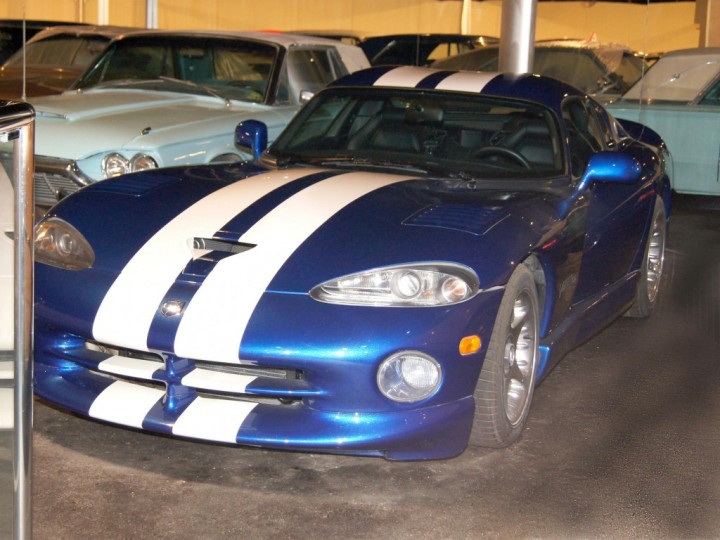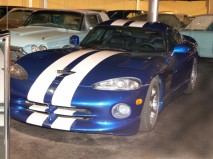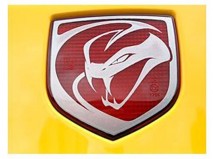1996 Dodge Viper GTS
en.wikipedia.org
The SRT Viper (formerly the Dodge Viper prior to the 2013 model year) is a V10-powered sports car, manufactured by the Dodge division of Chrysler. Production of the two seat sports car began at New Mack Assembly in 1991 and moved to its current home at Conner Avenue Assembly in October 1995.
Second generation, Phase II SR (1996–2002)
Production: 1996–2002
Body style: 2-door roadster, 2-door coupe
Engine : 7.998 L (488.1 cu in) V10 OHV
415 bhp (309 kW; 421 PS) - (Viper RT/10 1996–1997 only)
450 bhp (336 kW; 456 PS) - (Viper GTS 1996–2002), (Viper RT/10 1998–2002)
Transmission: Borg Warner T-56 6-speed manual
Wheelbase : 96.2 in (2,440 mm)
Length :
175.1 in (4,450 mm) (1996–99 RT/10)
176.4 in (4,480 mm) (2000–02 RT/10)
176.7 in (4,490 mm) (GTS)
Width 75.7 in (1,920 mm)
Height 44.0 in (1,120 mm) (RT/10)
47.0 in (1,190 mm) (GTS)
A coupe model called the GTS was introduced in 1996. Dubbed "double bubble", the roof featured slightly raised sections above each seat to accommodate usage of helmets, a throwback to its intended purpose. Vipers can be seen participating often in drag racing and road racing. The GTS, like its predecessor, was chosen as the pace car for the 1996 Indianapolis 500.
Despite its similar outward appearance, the car was distinct enough to be considered a new generation model.[citation needed] Extensive modifications included a reworked engine with higher power and less weight, an almost completely redesigned chassis that was made 60 lb (27 kg) lighter and 25% stiffer in torsional rigidity through meticulous computer analysis, a thoroughly redesigned suspension, and reduced braking distances; the 1996 to 2002 Viper GTS had a lighter (approximately 650 lb (290 kg)) 450 bhp (340 kW) engine, which could complete the quarter mile in 12.3 seconds, 0.3 seconds and 16 mph (26 km/h) faster than its predecessor, and increased top speed by 11 mph (18 km/h) or so. The revised suspension, stiffer chassis, and aerodynamic body raised lateral grip to 0.98 g (9.6 m/s²), although other reports show the 1992 model with 1.0 g. Contemporary tires have improved upon this measure significantly. Slalom runs could often reach or exceed 70 mph (110 km/h).








